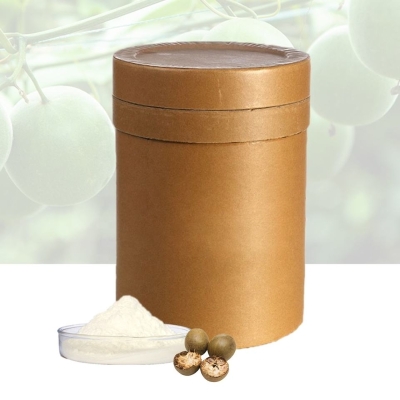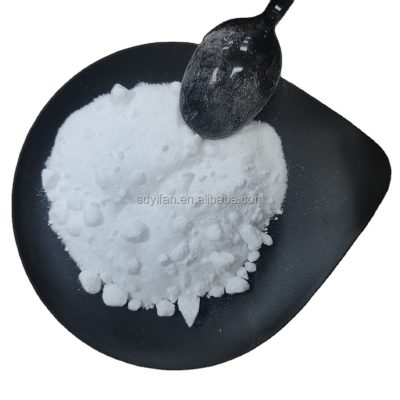-
Categories
-
Pharmaceutical Intermediates
-
Active Pharmaceutical Ingredients
-
Food Additives
- Industrial Coatings
- Agrochemicals
- Dyes and Pigments
- Surfactant
- Flavors and Fragrances
- Chemical Reagents
- Catalyst and Auxiliary
- Natural Products
- Inorganic Chemistry
-
Organic Chemistry
-
Biochemical Engineering
- Analytical Chemistry
- Cosmetic Ingredient
-
Pharmaceutical Intermediates
Promotion
ECHEMI Mall
Wholesale
Weekly Price
Exhibition
News
-
Trade Service
Global Chemicals Quick Review
The United States has set off a new round of MDI capacity expansion
The prospect of strong global demand for diphenylmethane diisocyanate (MDI), as well as low-cost energy and raw materials in North America, have spurred a new wave
of MDI expansion in the United States.
According to Axis data, the total MDI production capacity in the United States in 2018 was 1.
46 million tons
.
The construction of the new plant is expected to increase total U.
S.
MDI capacity by 75% over the next six years, and add 1.
1 million mt of MDI capacity in the U.
S.
by 2024, which may change trade flows and market supply and demand balance
in the coming years.
Rob Peacock, consultant to Axis Technologies, said: "From 2011 to 2017, the average annual growth rate of MDI demand in North America reached 7%, and the average annual growth rate of MDI demand in the region is expected to be slightly less than 5%
in the next five years.
" Axis forecasts that by 2030, MDI demand in the North American market will completely consume the new capacity
.
The Sino-US trade war affects the behavior of lubricants market participants
So far, the United States and China have imposed three rounds of tariffs on each other, involving hundreds of goods, including lubricants and lubricant additives
.
The trade war has adversely affected the lubricants and lubricant additives industry, putting the lubricants industry at a stand-off, and some market participants are changing their practices to ease the financial burden
caused by tariff increases.
Sydney Thwaites, president and chief executive officer of Lubricating Specialties, said: "Since China announced possible tariffs, customers in China have been reluctant to develop new business
with U.
S.
manufacturers.
Many customers said they inquired about alternative supply points
because they could not afford the increased costs.
”
Crude oil processing patterns are undergoing significant changes
Traditional refineries typically have chemical yields below 10%, but a big shift
is taking place.
The International Energy Agency's (IEA) latest annual Global Energy Outlook highlights the shift in crude oil processing patterns – from traditional fuel-yield-maximizing production to increased chemical yields, particularly in the Middle East, India and China
.
This will fundamentally change the global supply of petrochemicals, with a huge impact
on non-integrated and listed petrochemical companies around the world.
Some refineries in Asia already have steam crackers and paraxylene (PX) production facilities
.
Fluid catalytic cracking (FCC) technology increases refinery chemical yields to more than
30%.
China's integrated refineries and petrochemical plants will have chemical yields of about 40 percent
.
Petrochemicals projects in the Middle East also plan to reposition refineries, drastically reducing fuel production and converting more oil into chemicals
.
The oilfield chemicals market will grow rapidly
Specialty oilfield chemicals such as production, well stimulation, drilling fluids, workovers, completions, enhanced recovery (EOR) and cementing are used in different processes in oilfield operations to improve the overall productivity of
the oilfield.
The demand for specialty oilfield chemicals is influenced by various factors such as crude oil production, reservoir location, drilling depth, reservoir availability, government policies on oil exploration and production, and more
.
According to the latest report by Markets and Markets (M&M), an international market research and management consulting firm, the global specialty oilfield chemicals market will grow rapidly at an average annual rate
of 4.
1% from 2018 to 2023.
The market is expected to increase from $11.
36 billion in 2018 to $13.
88 billion
in 2023.
In terms of specialty oilfield chemical type, specialty oilfield chemicals of the demulsifier type will lead the growth of the specialty oilfield chemicals market in
2018.







